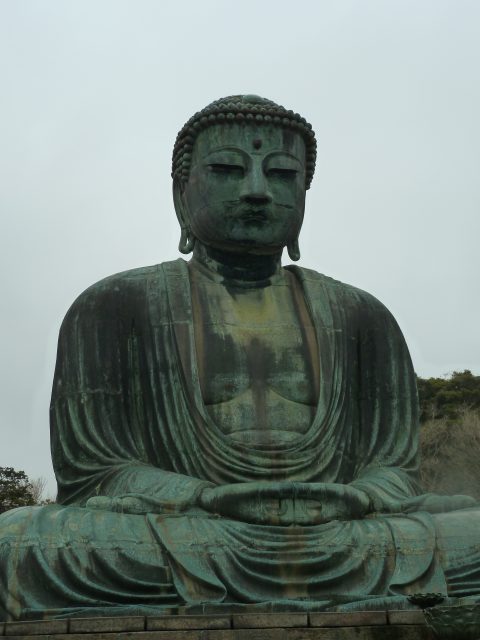
Located 31 miles to the south of Tokyo, the beautiful seaside town of Kamakura is an easy day trip to make from Japan’s capital. Once the capital of Japan itself (1185-1333, the Kamakura Period), this now-small city contains numerous Shinto shrines and Buddhist temples, and is home to the iconic Daibutsu (‘Great Buddha’). While Kamakura was devastated in the Great Kanto Earthquake of 1923, everything was eventually restored. The city was not bombed during WWII so all historical buildings and statues remain original. Many have been proposed for addition to the list of UNESCO World Heritage sites.

Kamakura residents offer a wonderful service to visitors: free guided walking tours of the city given in English and several other languages. Sign-up for these tours is done online where visitors can choose the date they’d like to tour as well as the two or three sites they’d like to visit (two are allowed for a half-day tour; three for a full day). Guides meet their tour members in front of Kamakura station. Members are expected to buy lunch for a full-day guide, and pay any admission fees, but otherwise the service is completely free. One of the great things about having a local guide is that they know all sorts of back ways and interesting routes, and provide opportunities to walk through beautiful residential neighborhoods that might not be seen otherwise.
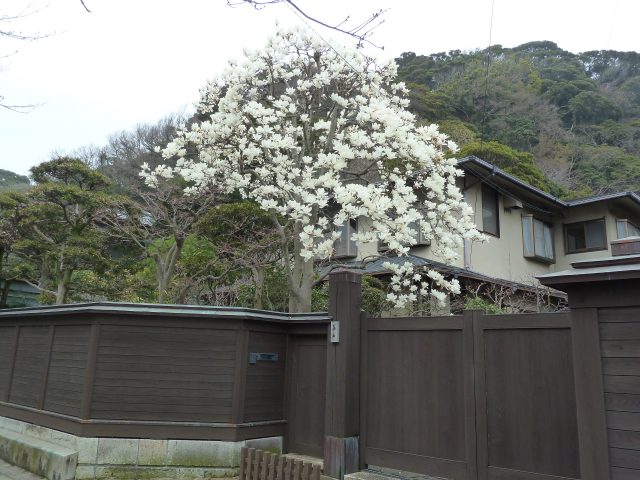


WenYu, YaYu and I signed up for a tour as part of our Japan visit in March of 2015. We opted for the full-day tour, and chose to visit the large Tsurugaoka-Hachimangu Shrine, the small Zeniarai-Benten shrine, and finish with a stop at the Daibutsu before heading back to Tokyo. We met our guide, Kumiko, at the station at 10:00 in the morning; she gave us a brief overview of Kamakura’s history, and then we set out on our way. Brett’s sister had planned to join us, but had an injured foot and chose to stay in the neighborhood near the station for the day.
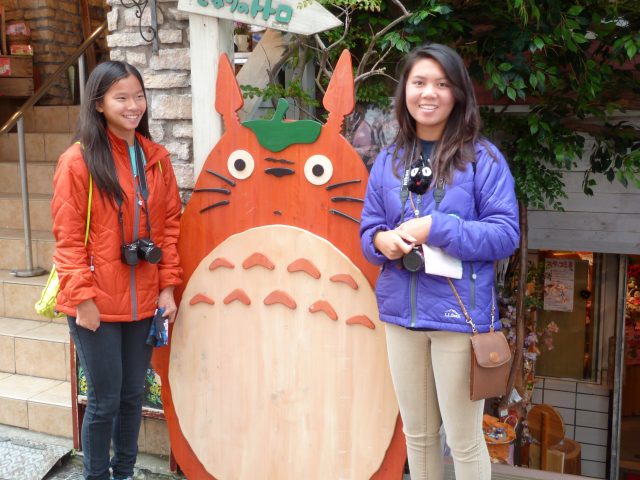

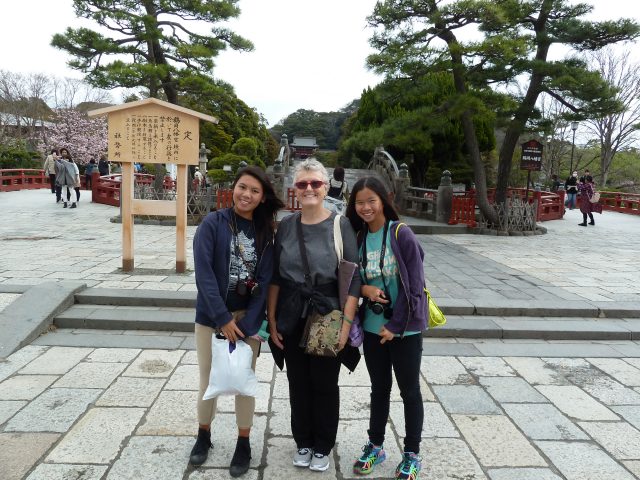
Our first stop was the Tsurugaoka-Hachimangu Shrine, just a short walk from the station. Kamakura is a popular tourist destination in Japan, and on the way to the shrine we passed several souvenir and other shops, several which offered traditional folk crafts. The imposing Hachimangu Shrine was first built in 1063, and moved to its current location in 1191. It is the largest and most important shrine in the city, and at one point was located in the center of Kamakura – the city basically grew up around it. We were able to observe a formal Japanese wedding taking place there when we visited, complete with traditional musicians and other accoutrement, which apparently had cost the family quite a bit.
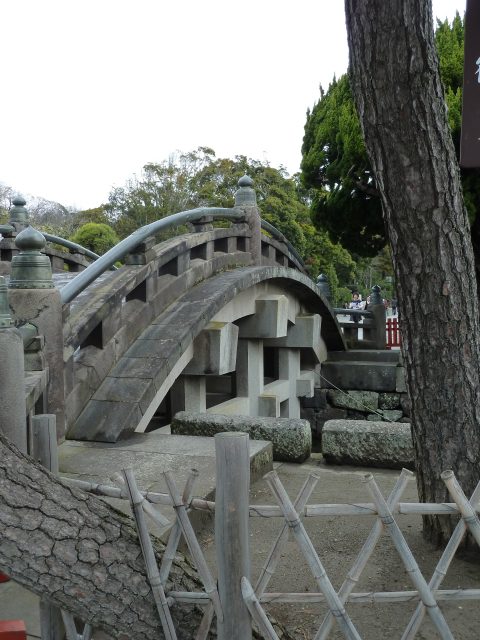
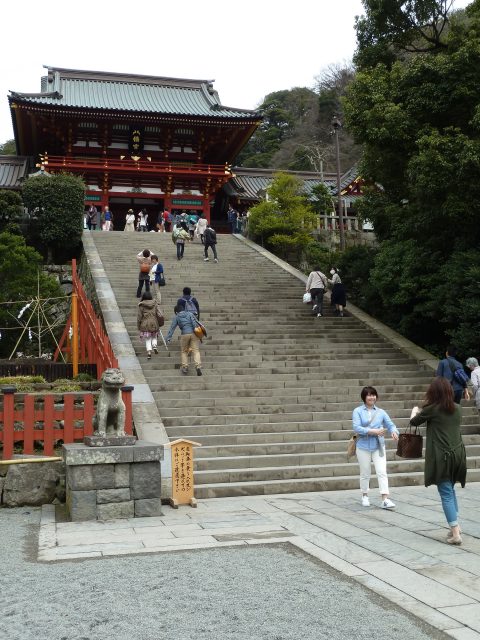
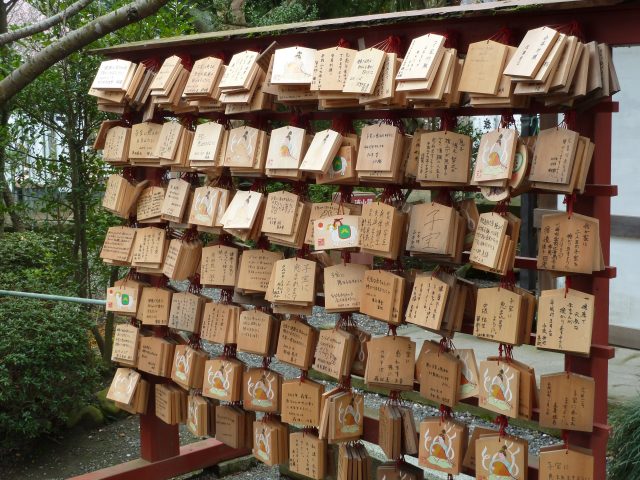

After visiting Tsurugaoka-Hachimangu, we began our trek to the Zeniari-Benten shrine, founded in 1185, and located up in the hills that surround Kamakura. In spite of its small size, it is the second most visited site in Kamakura. The hike up to the shrine was fairly steep, but more than worth it once we arrived. It’s tradition there to ‘wash your money’ in the spring that’s located at the back of the shrine – doing so will supposedly multiply your money. Baskets are provided for this activity, and I ‘washed’ 10,000¥ (around $100). The next day Brett’s sister, who had no idea what I had done, handed me 10,000¥ and told the girls and I to enjoy ourselves while she stayed back at our apartment and rested her injured foot!



Our final tour destination was the Daibutsu, with a stop for lunch along the way. Except, we could not find anywhere to eat! Every single restaurant we passed was closed the day of our visit, for who knows what reason – our guide was completely baffled. We finally found a small place that served kare-raisu (rice with curry), and that hit the spot.


The Daibutsu is part of the Koutoku-in Temple, believed to have been erected in 1252. The statue was originally housed in a large wooden building, but a tsunami in 1493 washed away the building, and the giant bronze image has stood uncovered ever since. The Buddha is thought to have once been gilded as a small amount of gold leaf remains near the statue’s ears. The base was heavily damaged in the 1923 earthquake but repaired in 1925, and measures taken in the early 1960s to strengthen the statue against earthquakes. There is a small door in the back of the statue, and visitors can going inside and climb to the top – doing so is said to bring inner peace and beauty. WenYu and YaYu chose to go inside, and while they did that I was approached by several middle school students who wanted to practice their English with me, which was lots of fun!


By the end of our day it began to rain, so we hurried back to the station and arrived around 3:00 p.m. We stopped at the flagship Hato Sabure (‘bird cookie’) store located there and bought a box of cookies to bring home to Brett, and then boarded the Enoden line at Kamakura Station to begin our journey back to Tokyo. The Enoden line was famous for running its orginal wooden cars long after other trains had been upgraded, but modern rolling stock was introduced in 2005. The line runs along the shore to the town of Fujisawa, and offers beautiful views of the beaches.
It was raining by the time we left Kamakura, and we were exhausted, but we all agreed it had been a terrific day. Brett, YaYu and I are looking forward to visiting the city next March, but will (gasp!) do it on our own next time. We plan to visit the Tsurugaoka-Hachimangu Shrine and the Daibutsu, but will go to the Hase-dera (temple) instead of the Zeniarai-Benten Shrine.
(Free walking tours are offered in cities all over the world. Visitors can search to see what’s available before they go, or check after arrival. Often all that’s required is a tip for the tour guide, but these tours are a fantastic way to see a city, its sites, and its neighborhoods through the eyes of a local resident).